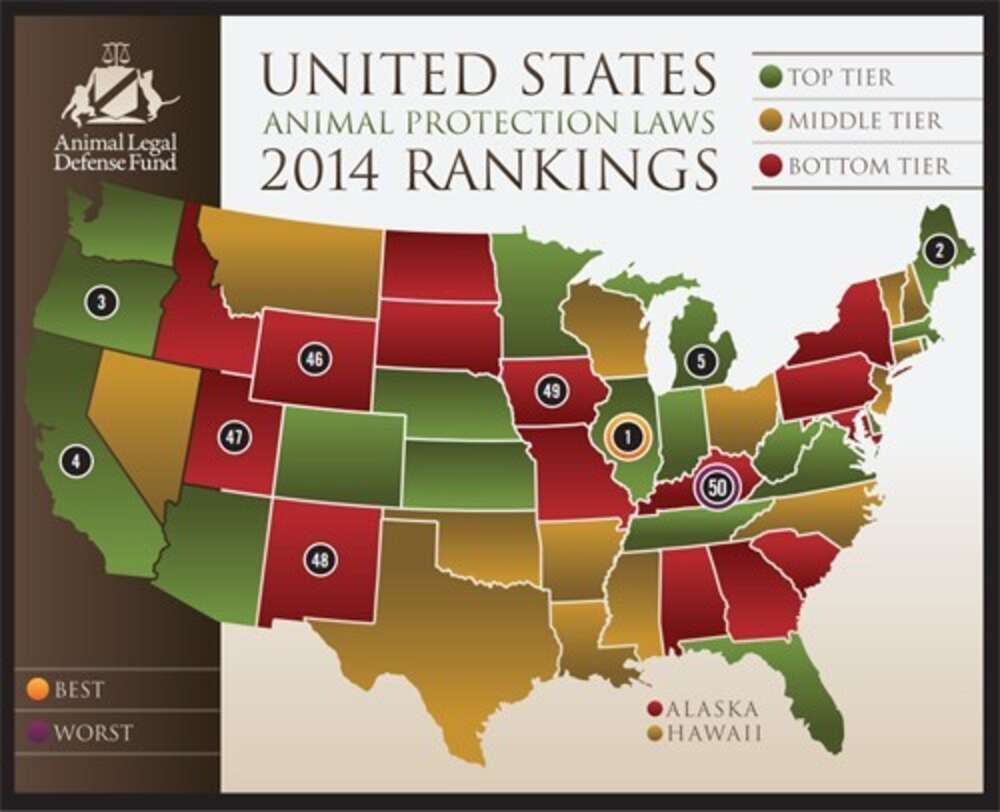Understanding the intricacies of animal cruelty laws can be a daunting task, particularly because they vary significantly from state to state. These laws are designed to protect the welfare of a myriad of animals, but the specifics can often slip through the cracks of public knowledge. This exploration will elucidate the various types of animals commonly covered under these laws, highlighting some of the gaps and disparities that exist across different jurisdictions.
First and foremost, the term “animal” in the context of animal cruelty laws generally encompasses domesticated pets like dogs and cats, as well as livestock such as cattle, sheep, and chickens. These animals, due to their close relationship with humans, often receive the bulk of legislative protections. In many states, laws are meticulously drafted to address the specific needs and vulnerabilities of these domesticated creatures, dictating humane treatment standards, provisions for shelter, nutrition, and veterinary care.
For instance, laws may mandate that pet owners provide adequate food and water, ensuring that animals do not suffer from hunger or dehydration. This legal framework is crucial, as it establishes a baseline for acceptable treatment. However, discrepancies arise here; the definition of “adequate” can vary dramatically between states, leading to a patchwork of enforcement and compliance that can leave various animals vulnerable to neglect.
In addition to pets and livestock, many state laws also extend their protective embrace to wild animals, albeit with varying degrees of efficacy. Many jurisdictions tackle issues of captivity, aiming to prevent inhumane treatment in zoos and sanctuaries. Such laws may delineate the conditions under which wild animals can be kept in captivity, ensuring that their physical and psychological needs are adequately met. These regulations are particularly vital, given the unique needs of wild species when compared to domesticated animals.
The legal protections for wildlife, however, come with their own set of challenges. The concept of “wildlife” can be ambiguous, and often, only mammals, birds, and reptiles are specifically mentioned in state statutes, leaving other species — such as amphibians and certain fish — with scant legal protections. In many cases, there are fervent debates about how to balance the interests of wildlife conservation with the need to protect all species from undue suffering.
Moreover, within the realm of animal cruelty laws, specific designations are often made for performance animals, such as those used in circuses or exhibitions. These animals, as part of their training and performance routines, may be subjected to inhumane practices that can cause physical and psychological distress. Some states have initiated specific laws to address the welfare of these animals, regulating the conditions under which they can be kept and the treatment they may receive. However, even with these protections in place, enforcement remains a critical issue, as the animal entertainment industry can be resistant to oversight.
Another often overlooked category in animal cruelty laws includes farmed animals. In certain states, laws enacted to prevent animal cruelty on farms encompass a range of practices including confinement, feeding, and overall treatment. These regulations serve as a bulwark against inhumane farming practices, which can contribute to immense suffering among livestock. Yet, the industrial farming complex frequently lobbies for exemptions or weaker regulations, complicating the enforcement of protections that are intended to alleviate animal suffering. This tension between agricultural interests and animal welfare remains a critical aspect of the animal rights dialogue.
As we navigate the landscape of animal cruelty laws, it is essential to consider not only the types of animals afforded protection but also the categories that may fall through the legislative cracks. Exotic pets, for instance, are often minimally regulated, and their owners frequently evade the scrutiny that traditional pet owners endure. This creates an environment ripe for potential abuse and neglect, as the welfare of these animals often receives less attention than that of more common household pets.
The enforcement of these animal cruelty laws is another pivotal aspect to consider. While laws may exist on paper, their implementation can be extraordinarily variable. The presence of law enforcement officers trained to recognize and respond to animal cruelty is paramount, yet in many regions, such resources are scarce. Consequently, even when laws are in place, the lack of dedicated enforcement may lead to continued suffering for animals.
In summary, articulate understanding of what animals are covered by animal cruelty laws in various states is a crucial aspect of advocating for animal rights and welfare. Although pets, livestock, and various wildlife receive some degree of protection, there remain categories of animals — such as exotic pets and farmed animals — that are frequently overlooked within legal frameworks. The complexity of these laws, coupled with discrepancies in enforcement, highlights an urgent need for continued advocacy and reform. With awareness and diligent activism, there is potential for fostering lasting change in the welfare of all animals, ensuring they receive the protection they rightfully deserve.





